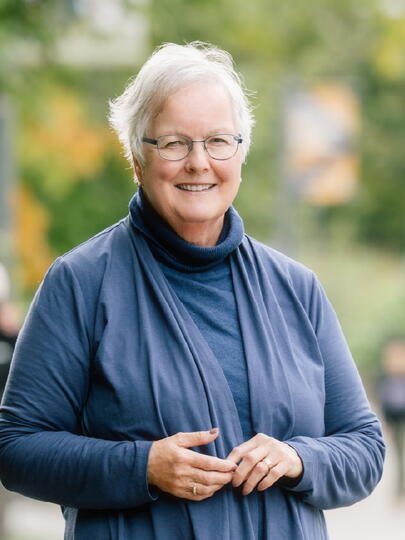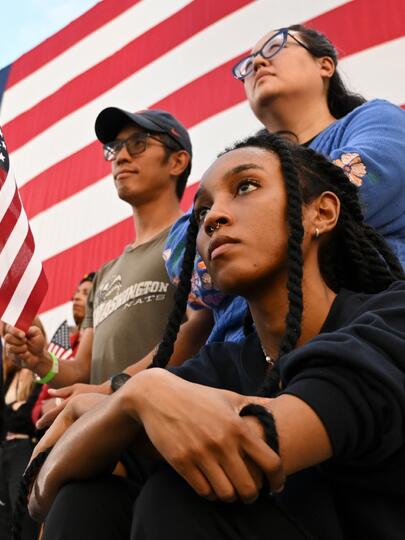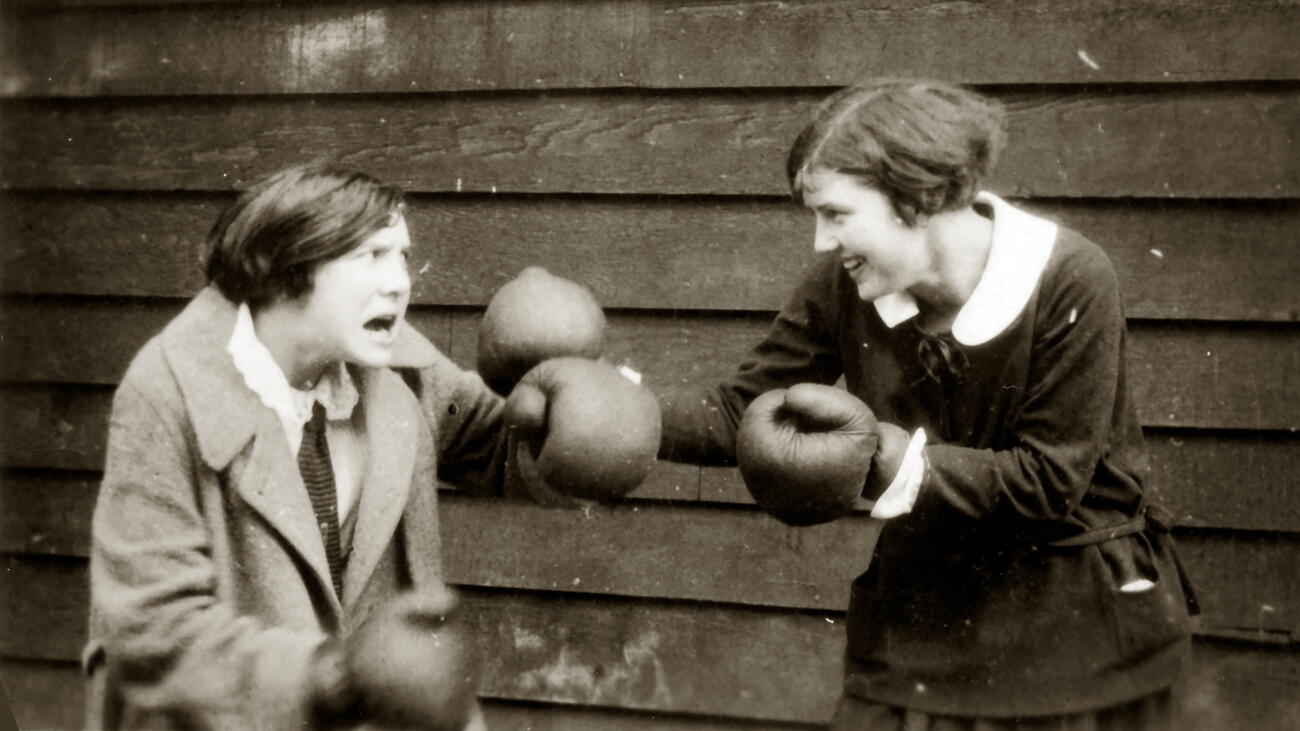Meet 3 of UBC’s oldest surviving clubs
The hairstyles may have changed, but the shenanigans remain the same.
During my first two years at UBC, I was far too busy for clubs. At least, that’s what I told myself. When I was alone, I studied. When I spent time with my friends, we studied. Sometimes we took a break to get donuts, but then it was back to studying. The idea of spending hours each week on something that was decidedly not studying seemed frivolous.
I don’t know what changed when third year rolled around, but I was suddenly curious to see what else UBC had to offer. I went nuts at Imagine Day, taking every free button, sticker, and sweet I could get my hands on and signing up for club mailing lists willy-nilly. By the end of the day, my pockets heavy with goodies, I wondered how I would have time for my courses now that I was going to be a member of 15 different clubs. In the end, however, I only joined one — UBC Dance Club.
A ballroom dance club whose origins date back to 1949, UBC Dance Club offers lessons for newcomers and advanced dancers alike on the Vancouver campus. The club also hosts weekly social events where club members can dance and mingle, an elegant ball every autumn, and a weekend-long competition each spring. Multiple dancers who got their start at UBC Dance Club have competed in the World Championships. I am not one of them, but I learned a lot in my time as a member of the club, and it connected me to a much larger community than studying ever could.
It felt surreal to be part of something with over 70 years of history, especially because UBC Dance Club is open to alumni and other members of the Vancouver community. I found myself at classes and socials cha-chaing with dancers who had joined as students and kept attending for years (or even decades) after graduation. By simply joining one club, I was connected to UBC communities past and present.
My experience with UBC Dance Club made me wonder which other UBC clubs had stood the test of time. How old were the oldest student clubs? What could I find out about their histories? Turns out, three of UBC’s oldest surviving clubs remain popular to this day, and their histories stretch back to the old Fairview campus, before UBC came to Point Grey.
THE UBC PLAYERS CLUB (EST. 1915)
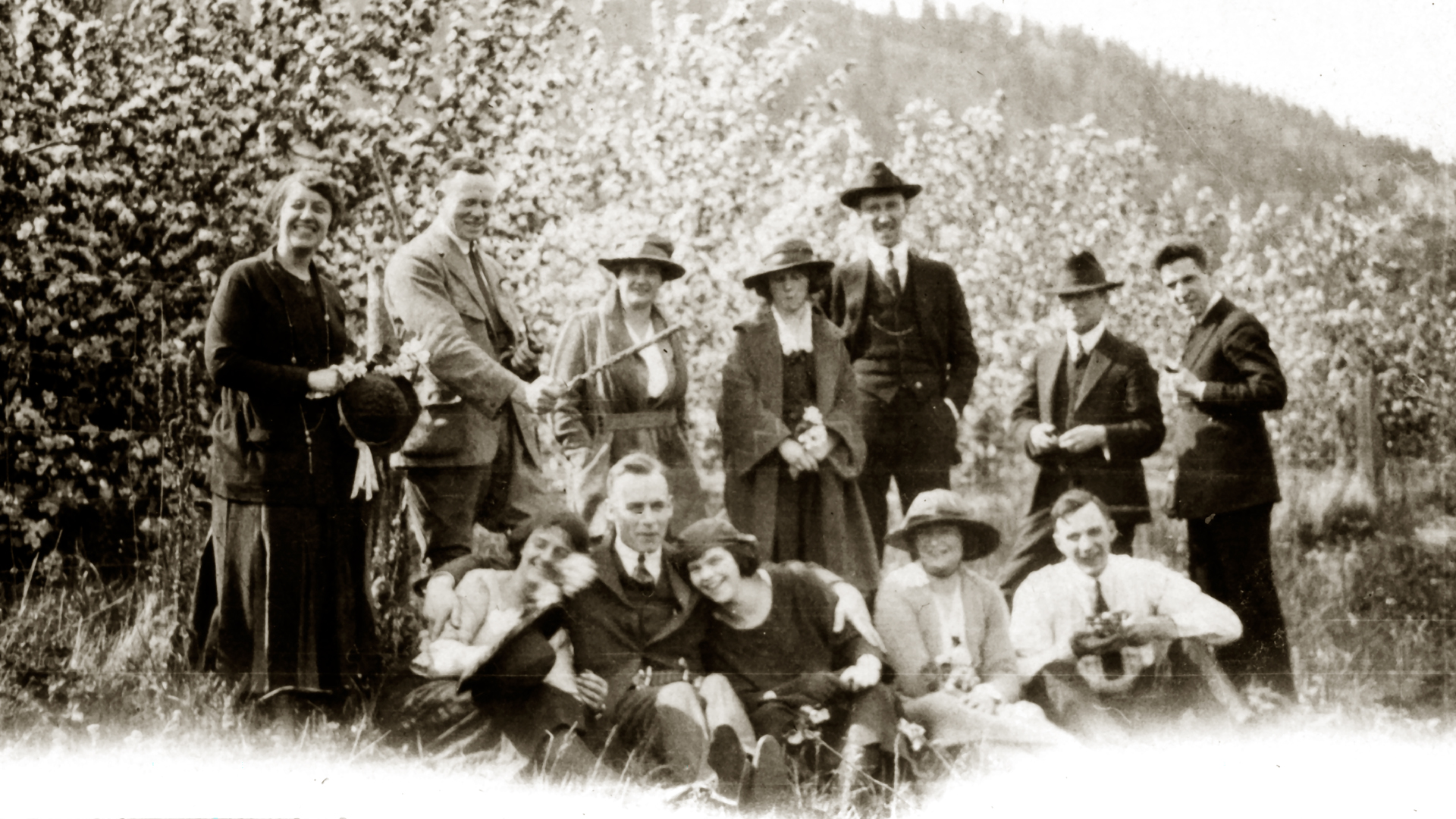
A mere five weeks after UBC was founded, English professor Frederic Wood (DLitt’71) decided the students studying at the “Fairview Shacks” needed something to do in their spare time. He founded the UBC Players Club, where students from all areas of study could try their hand at theatre. Forty students joined that first year, which accounted for just over 10 per cent of the then-tiny student body.
The troupe gave their first performance in February of 1916. They enjoyed a full house and enthusiastic reviews, though, according to Wood, one critic mistakenly assumed that the numbers after each actor’s name reflected their age and remarked that the leading man, who was due to graduate that spring, “played with a fine dignity and a surprising mellowness for a boy of sixteen years.” The play was also well-received by UBC’s first president Frank Wesbrook, who suggested another performance after exams, followed by a performance in New Westminster and another in Victoria. And so, the Players Club went on the road.
In the years to come, going on tour became a tradition — the club performed in cities from Vancouver Island to the Kootenays and funneled the proceeds back into charitable causes at UBC and beyond. As they toured the province, Wood impressed upon the players that their job was not only to entertain but to demonstrate to the public the possibilities of the fledgling university in Vancouver.
Known affectionately as “Freddy” among his students (though rarely to his face), Professor Wood was beloved by the members of the Players Club, who he supported with high expectations and trademark tact. As the faculty member in charge of the club, it was his duty to keep everyone’s behaviour in check — sometimes successfully, sometimes not. In an oral history of the Players Club recorded in 1984, former members recalled that Wood allotted each student one dollar to pay for a meal on the train when on tour. One of these members was Bea Wood (BASc(N)’23), who had known the professor as a student and later became his wife. Bea recounted that fellow student Eloise Angell (BA’25), “who had more nerve than the rest of us put together,” called out the length of the dining car, “‘Uncle Freddy, I can’t get a proper meal for a dollar.’ Whereupon all eyes were turned upon the cruel uncle who was starving his miserable niece.”
The Players Club, within the structure created by Wood, provided a bridge across subcommunities of the university — students from nursing to agriculture to engineering could all find a home on stage. It provided opportunities for the students involved to see the province and showed the public what opportunities UBC could afford them.
After the formation of the UBC Department of Theatre and Film in 1958, participation in the Players Club dwindled until they disbanded in the 1970s, but the club was revived in 2000. Today, the Players Club is still going strong. Though they no longer tour, each year the club stages two productions: a full-length Mainstage play in the fall and Festival Dionysia, which features six one-act student-written plays, every spring. Players Club members make up the cast and crew for both productions, and membership — which costs just eight dollars a year — is open to all, including UBC alumni.
Touring with the Players Club wasn’t the only way for UBC’s first students to explore the province. If you had a hankering for adventure in the great outdoors, there was only one place to be.
THE VARSITY OUTDOOR CLUB (EST. 1917)
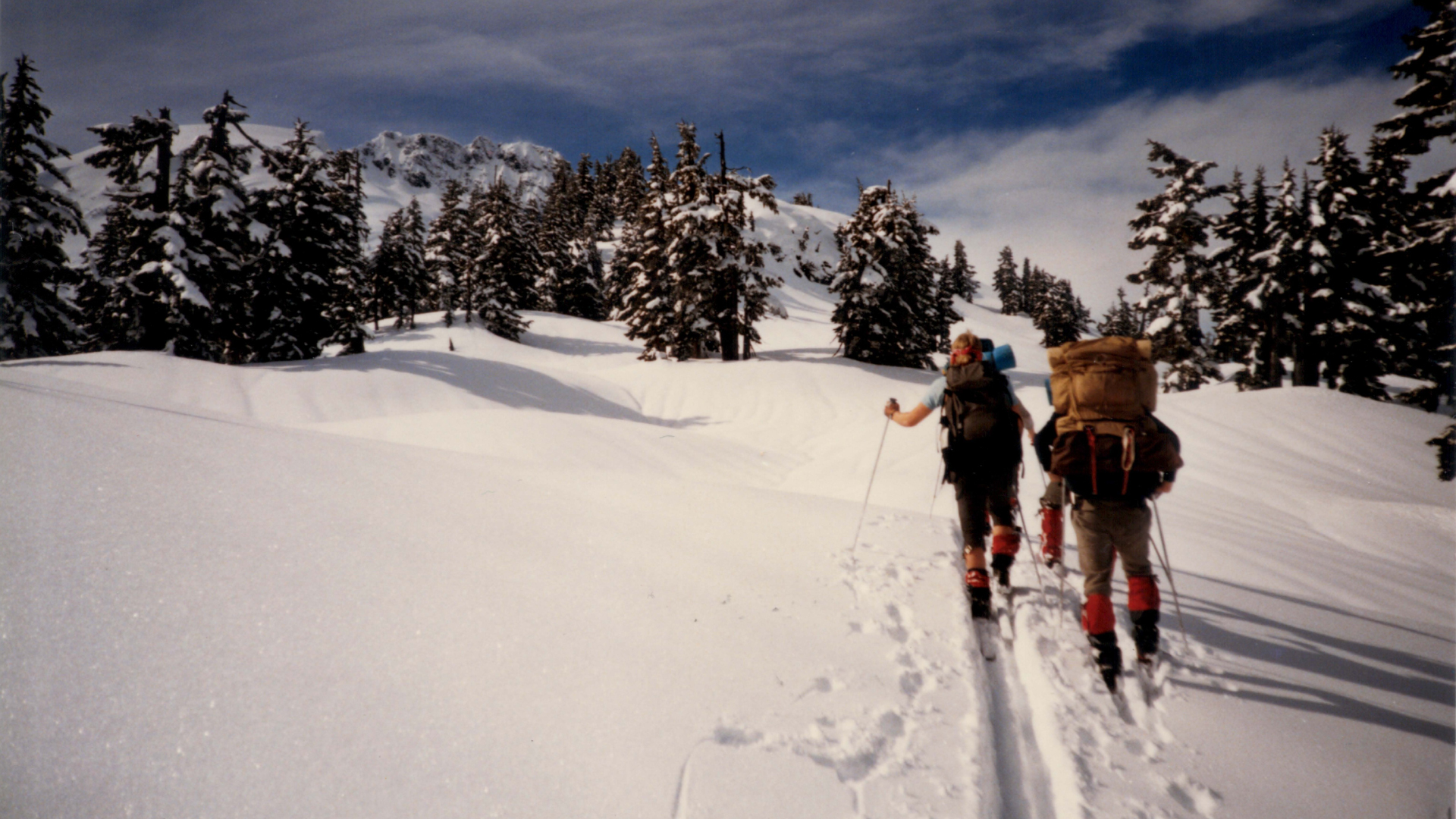
Founded as the Mountaineering Club in 1917, the Varsity Outdoor Club (VOC) is the hub for UBC students who love “hiking, rock climbing, mountaineering, back-country skiing, paddling, bike-touring and all self-propelled outdoor adventures,” according to their current website. At the club’s inception, one was eligible to join if they had summited a peak at least as tall as Grouse Mountain, though this requirement was relaxed at some point in the club’s 100+ years of history, and now anyone is welcome, regardless of experience. And yes, that includes alumni!
The history of the VOC is filled with multi-day trips to the North Shore Mountains (and beyond) on which members would camp in tents, crash on community centre floors, or sleep in the club’s very own cabins, which were constantly being built, rebuilt, and relocated. Starting in 1958, the VOC began compiling members’ accounts of each trip, and these tales of the year’s adventures are published annually in the VOC Journal. These journal entries provide a priceless glimpse into the club’s history. For instance, from Fran Magwood’s (BHE’60) account of a drizzly trip to Mount Sheer in the inaugural issue, we know that 250 VOC members packed into one train car at Britannia Beach and sang all the way back to Vancouver.
In the 1969 edition of the VOC Journal, Roland Burton (BSc’65) muses on why one would elect to spend Christmas cross-country skiing through difficult terrain while carrying a heavy pack: “It permits you to wrestle with the huge but understandable forces of nature, as a change from the insidious problems of civilization.” It really must be quite the draw, because that same trip saw his group camping in temperatures below -40 C, and three people got frostbite.
Later in the same issue, we get more insight into what those “insidious problems of civilization” might be. Ken Lefever (BA’71), in his account of the annual spring trip to Lake Garibaldi, writes, “Exams and everything seem so far away and insignificant at the moment.” You can’t get much further from the stressors of student life than by running away to the mountains, as every generation of UBC students has seemingly discovered.
The VOC remains wildly popular to this day. Tickets to Rock Party — an annual overnight trip to Squamish that combines rock climbing and outdoor partying — sell out every year, and fast. In a fabulous Ubyssey article, Ubyssey news editor Viyan Handley tagged along to Rock Party 2024 to find out what drew in so many students. She found that not only were students drawn to the great outdoors and the escape it provided from their everyday environment, but also to the special mix of community and climbing that makes Rock Party unique. As one student Handley interviewed, Meg Shenck, put it, “I can go to a party and I can go rock climbing very easily ... but when you have it together, it’s this really beautiful crossover of fun people.” Another student put it even more simply: “Why do I ever party inside?”
The VOC provides access to this unique world — this overlap of nature and community — in the form of climbing lessons, free gear rentals, and, of course, the trips themselves. The club serves as the portal to the “huge but understandable forces of nature” that Burton wrestled with, the much-needed reprieve from the demands of academia that Lefever found at Lake Garibaldi, and the kind of infectious camaraderie that can inspire a group singalong all the way from Britannia Beach to Vancouver.
The Ubyssey, which provided valuable insight into the VOC’s lengthy reign, has been around for nearly as long, reporting on student life since 1918.
THE UBYSSEY (EST. 1918)
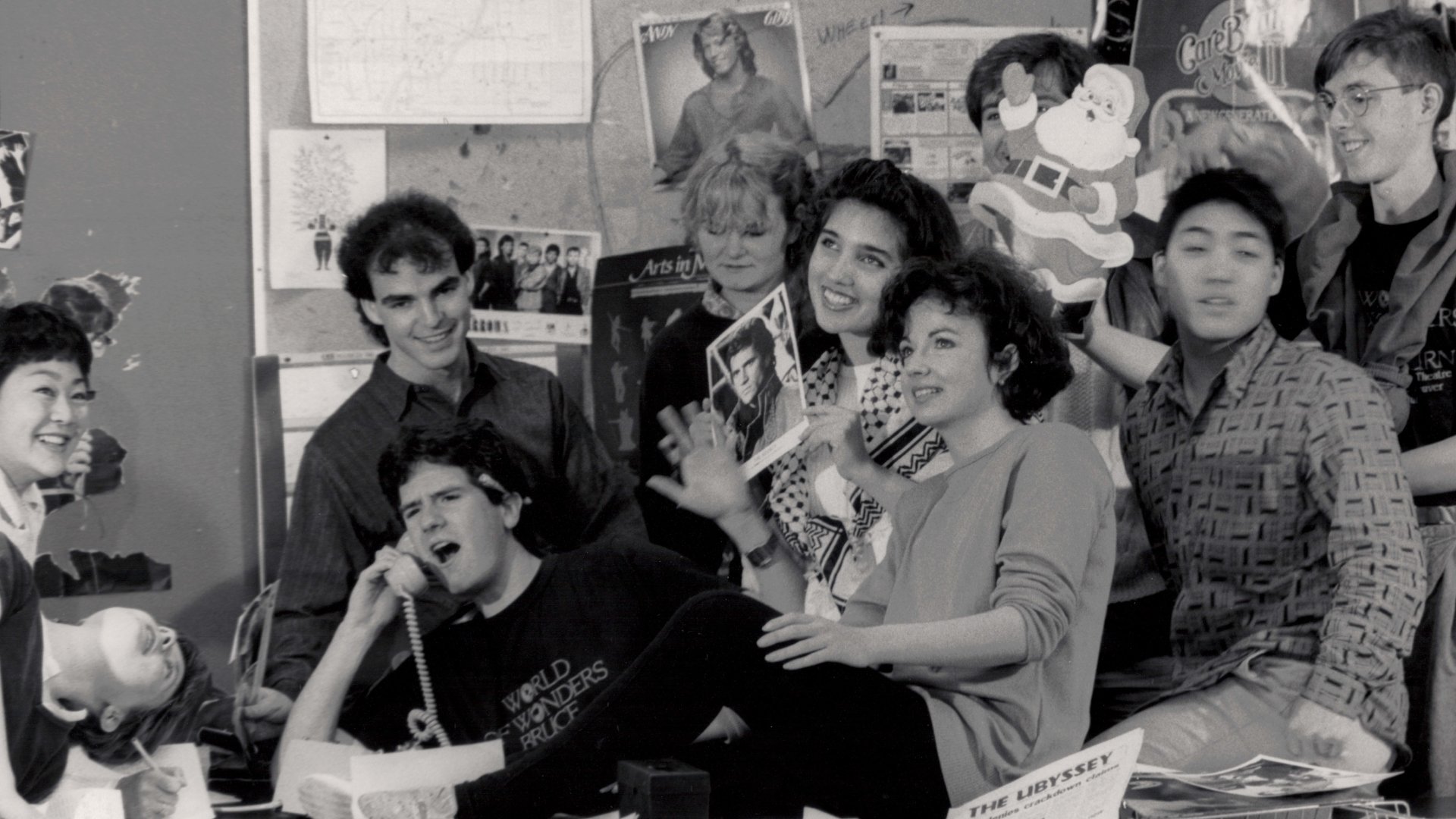
At the inception of UBC’s first student-run publication, which was part of the AMS at the time, there was some struggle to christen it. It began as a literary review in 1916 titled Anonymous, which was shortly thereafter changed to Anon, and then, somewhat out of desperation, renamed Ubicee. In 1918, the AMS increased its membership fee by two dollars, and the bump in revenue was enough to fund a student newspaper. The name changed a final time and, thankfully, The Ubyssey stuck.
The first issue included headlines about the freshman reception, the formation of the Vancouver Rugby League, and the tragic death of a UBC student the previous summer. Since then, The Ubyssey has served as a platform for UBC students to voice their opinions, report on campus happenings, and hone their comedic talents. A number of Canadian journalists cut their teeth at The Ubyssey, as well as author Pierre Berton (BA’41, DLitt’85), former Prime Minister John Turner (BA’49, LLD’94), and photographer Jeff Wall (BA’68, MA’70).
Being a relatively uncensored platform for university students, The Ubyssey was, of course, not without its critics — and two critiques in particular are essential parts of Ubyssey history that have been woven into the identity of the paper.
In December of 1955, after a McMaster student published a list of Canadian university newspapers ranked by freedom of expression, The Ubyssey received its most well-known critique. Reverend E. C. Pappert, the faculty supervisor of the student publication at Assumption University in Windsor, Ontario, said that he was glad his paper ranked 19th out of 21 publications, because The Ubyssey, which ranked first, was “the vilest rag you can imagine, and the best argument for censorship that could be produced.”
The next issue of The Ubyssey leaned hard into their new label. In January of 1956, “Reverend Blasts Ubyssey” was emblazoned across the front page, and “The Vilest Rag Imaginable” appeared below the nameplate. A joke ad calling for new journalists read, “Help! The Ubyssey urgently needs cultured, clean-living reporters to purify The Ubyssey, which has fallen into disrepute.” In the years to come, the phrase morphed into “the vilest rag west of Blanca” and became The Ubyssey’s unofficial slogan.
That was not the only year the paper ruffled feathers. Another notable controversy came in 1994, when the annual spoof edition was published as “The Ufeces.” Of course, “the vilest rag west of Blanca” was splashed across the top like a badge of honour. In addition to joke articles and plenty of serious ones, the issue also contained a coarsely-worded full-page ad critiquing the AMS.
The AMS was not amused. They tried to appoint a new editor for the 1994/95 school year, but both candidates they approached turned down the job, so The Ubyssey simply did not run. The dispute ended with The Ubyssey becoming independent from the AMS, and publication resumed in July of 1995.
Since then, The Ubyssey has continued to give UBC students a voice. Today it’s published biweekly in print during the school year, and articles are posted to their website regularly, covering UBC news, culture, research, and sports alongside sections for opinion, humour, and photography.
Unlike the other clubs on this list, The Ubyssey is written and edited exclusively by students, but there are still ample avenues to get involved in communities on and off campus. Whether you want to learn new dance moves, dust off thespian dreams, or summit new peaks, some of UBC’s oldest clubs are open to you. You can also get involved on campus by volunteering, or you can participate in the alumni UBC Online Book Club from the comfort of your couch. You can even see the world with fellow UBC grads via alumni UBC’s Travel Club. With so many opportunities near and far, don’t make excuses like I did — get out there and join a club!
